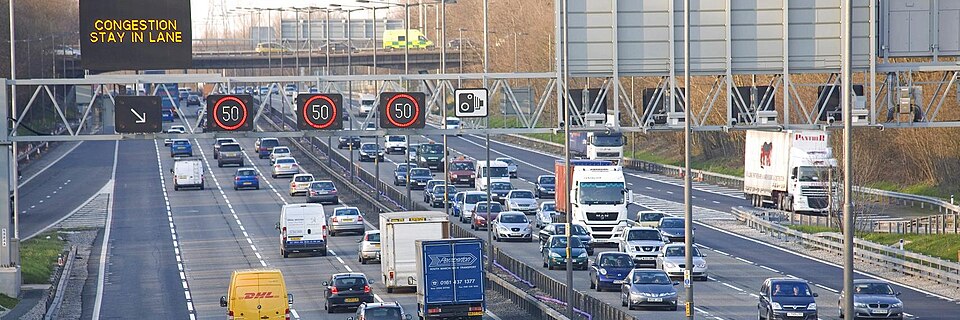As populations swell and car ownership remains prevalent, commuting times lengthen, air quality deteriorates, and economies suffer. But what if we could move more people, more efficiently, with less environmental impact? The answer, increasingly, lies in smart city bus lanes.
More than just designated roadways, these lanes leverage technology and thoughtful planning to revolutionize public transportation. Here are seven key benefits of embracing smart city bus lanes:
- Reduced Commute Times: The most immediate benefit is faster travel times. By providing dedicated space for buses, smart lanes bypass congestion, allowing passengers to reach their bus stop bus destinations quicker. This translates to more productive time and a less stressful commute.
- Enhanced Public Transit Usage: When buses exhibit greater speed and reliability, individuals are more inclined to opt for public transportation instead of personal vehicles. This rise in ridership leads to a decrease in the number of cars on the road, which in turn mitigates congestion and enhances traffic flow for all.
- Improved Air Quality: With more people opting for buses and fewer cars on the road, smart city bus lanes contribute to significant reductions in greenhouse gas emissions. This phenomenon leads to cleaner air and a healthier environment for all residents.
- Enhanced Accessibility: Smart bus lanes often integrate with intelligent transportation systems (ITS), providing real-time information on bus schedules, routes, and delays. This empowers riders to plan their journeys efficiently and fosters greater accessibility for individuals of all abilities.
- Optimized Traffic Flow: Beyond simply moving buses faster, smart city bus lanes can be integrated with adaptive traffic signal control systems. This allows for real-time adjustments to traffic patterns, optimizing flow and minimizing congestion throughout the entire transportation network.
- Economic Growth: The combination of reduced commute times, increased productivity, and improved air quality translates to significant economic benefits. Businesses thrive when employees can reach work reliably, and a cleaner environment attracts investment and tourism.
- Enhanced Safety: By separating buses from general traffic, smart city bus lanes contribute to safer travel for both bus passengers and other road users. Designated lanes reduce the risk of accidents and create a more predictable and secure transportation environment.
Summary
Smart city bus lanes are more than just a transportation solution; they are a vital component of building sustainable, livable, and prosperous urban environments. By embracing technology and prioritizing efficient public bus stop bus transit, cities can pave the way for a brighter future for all.
